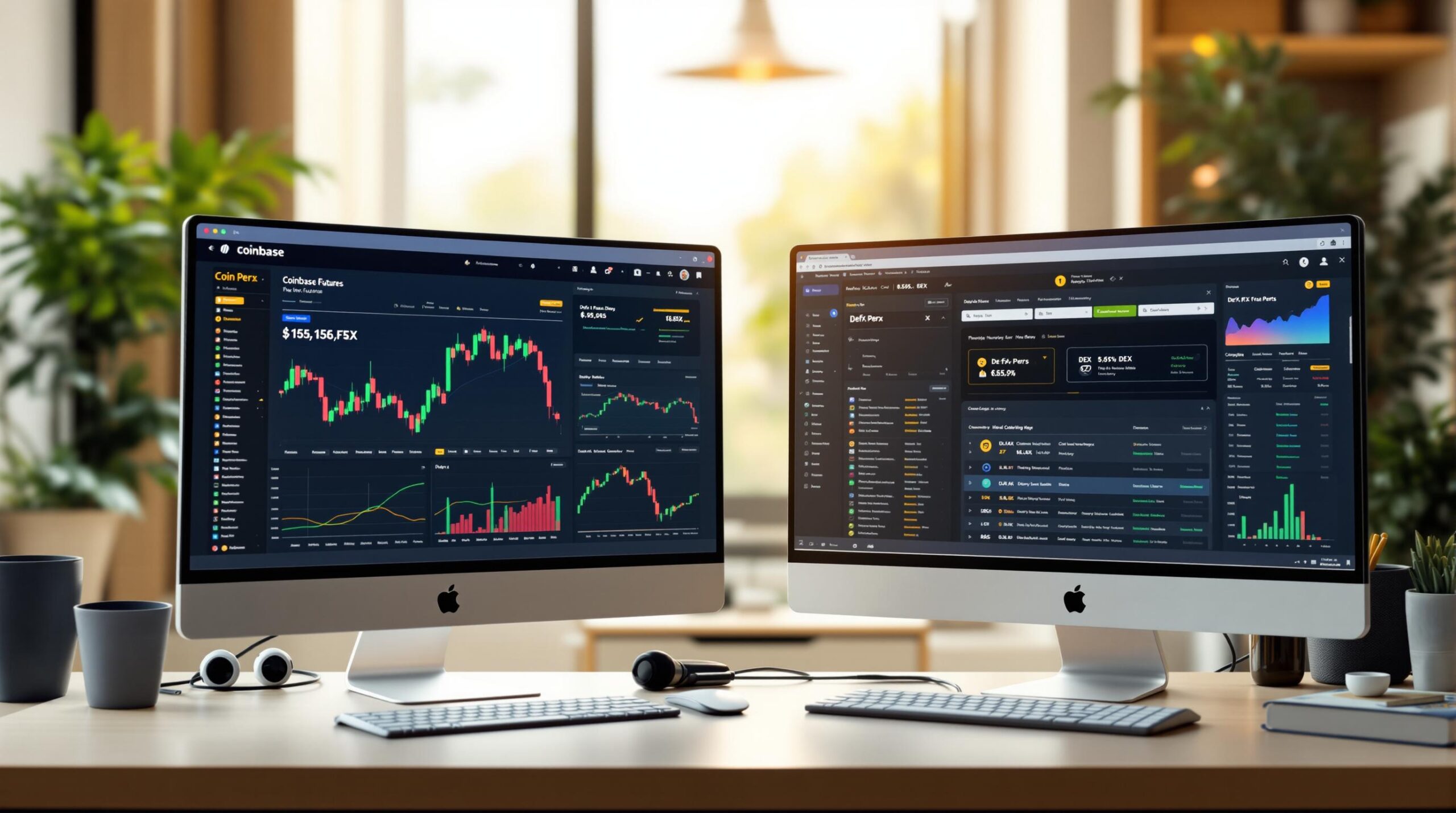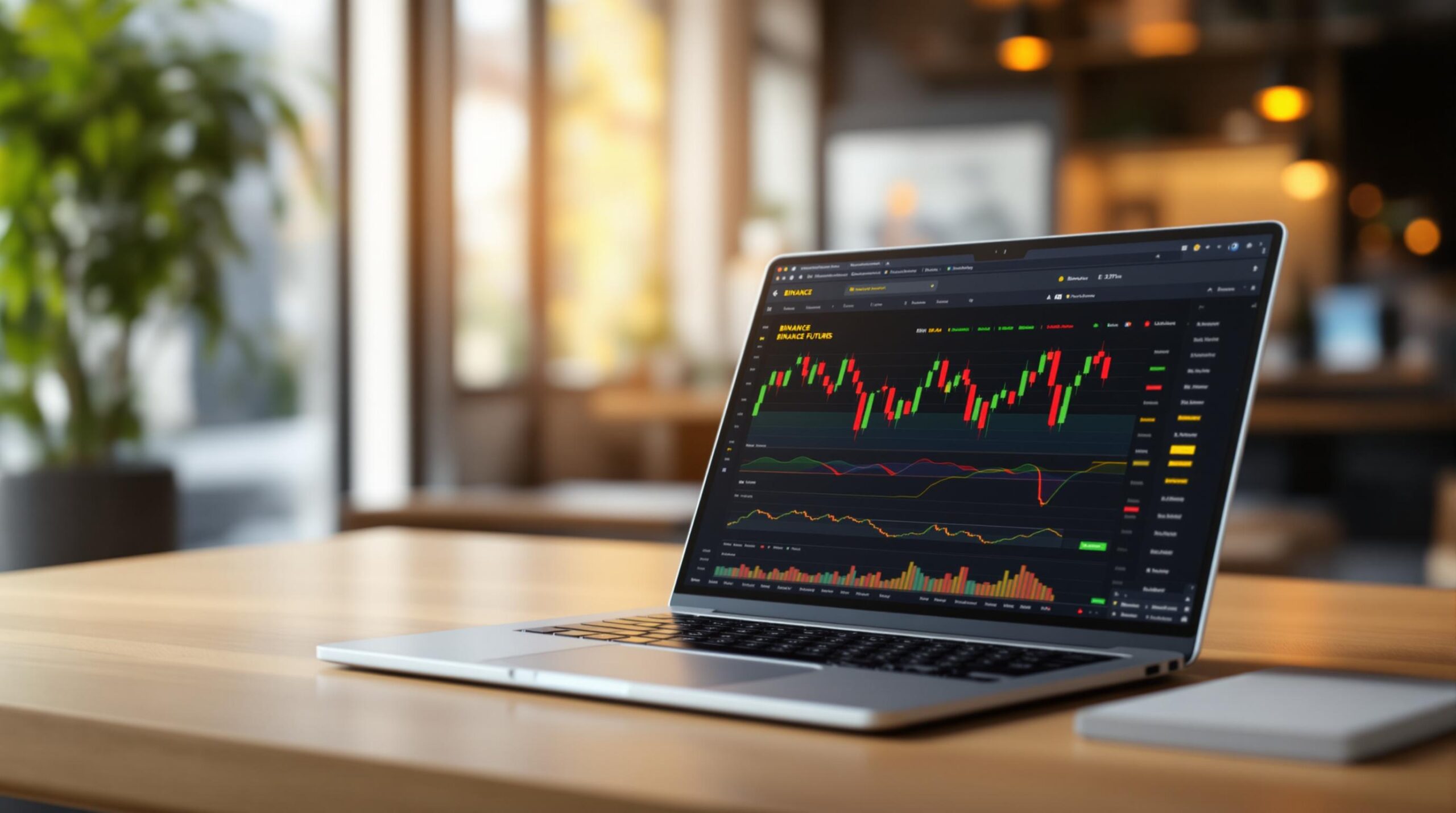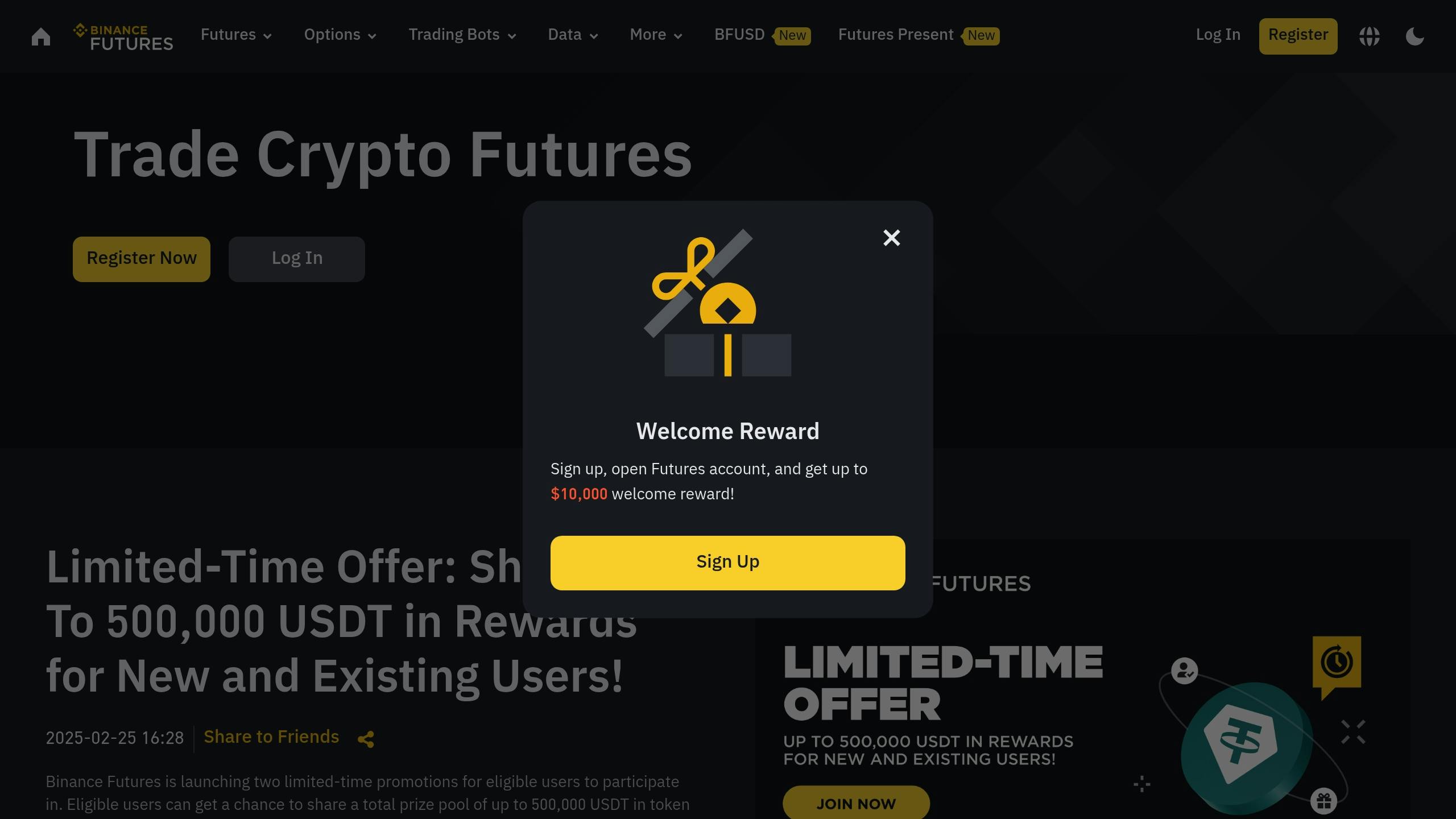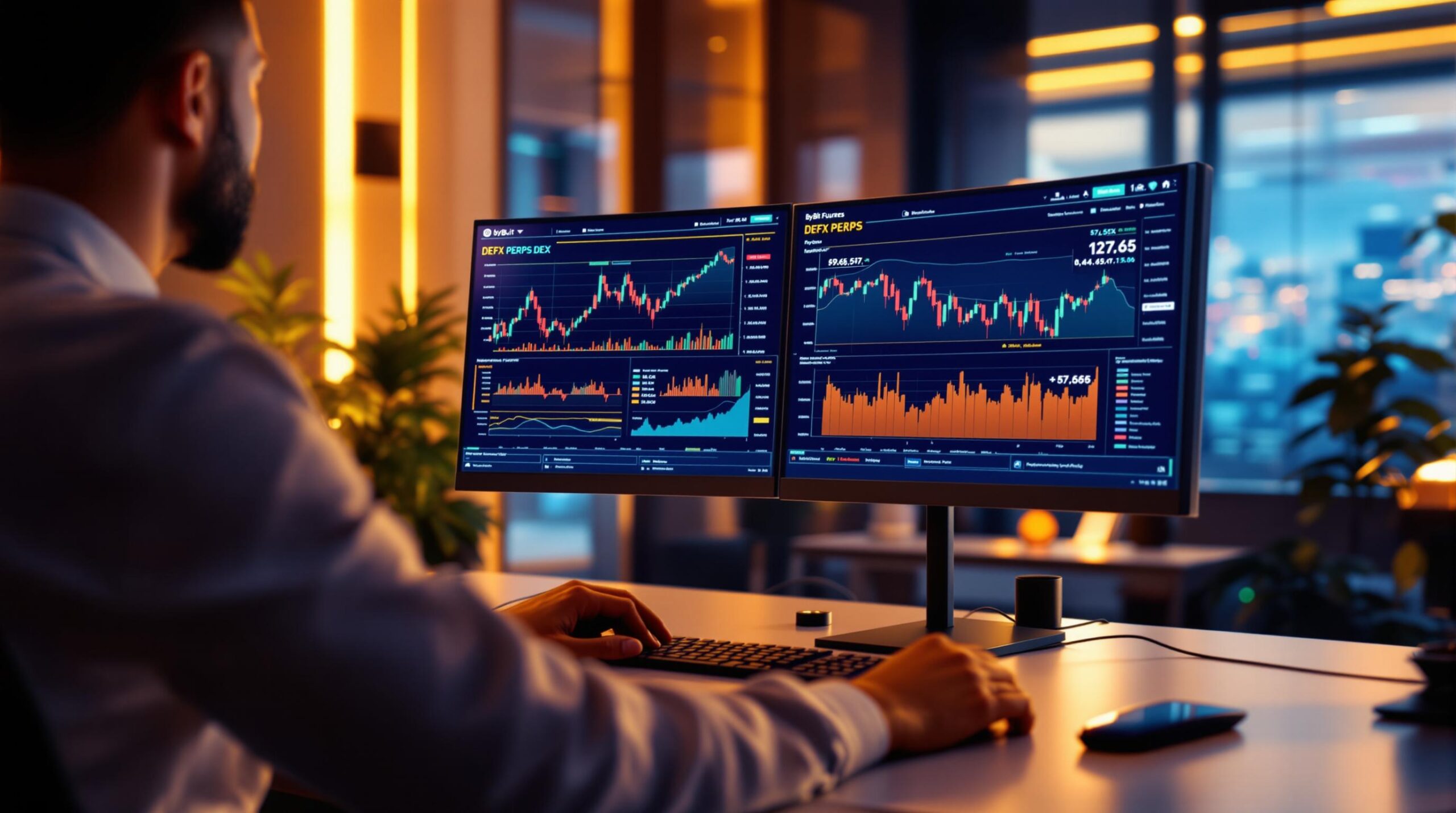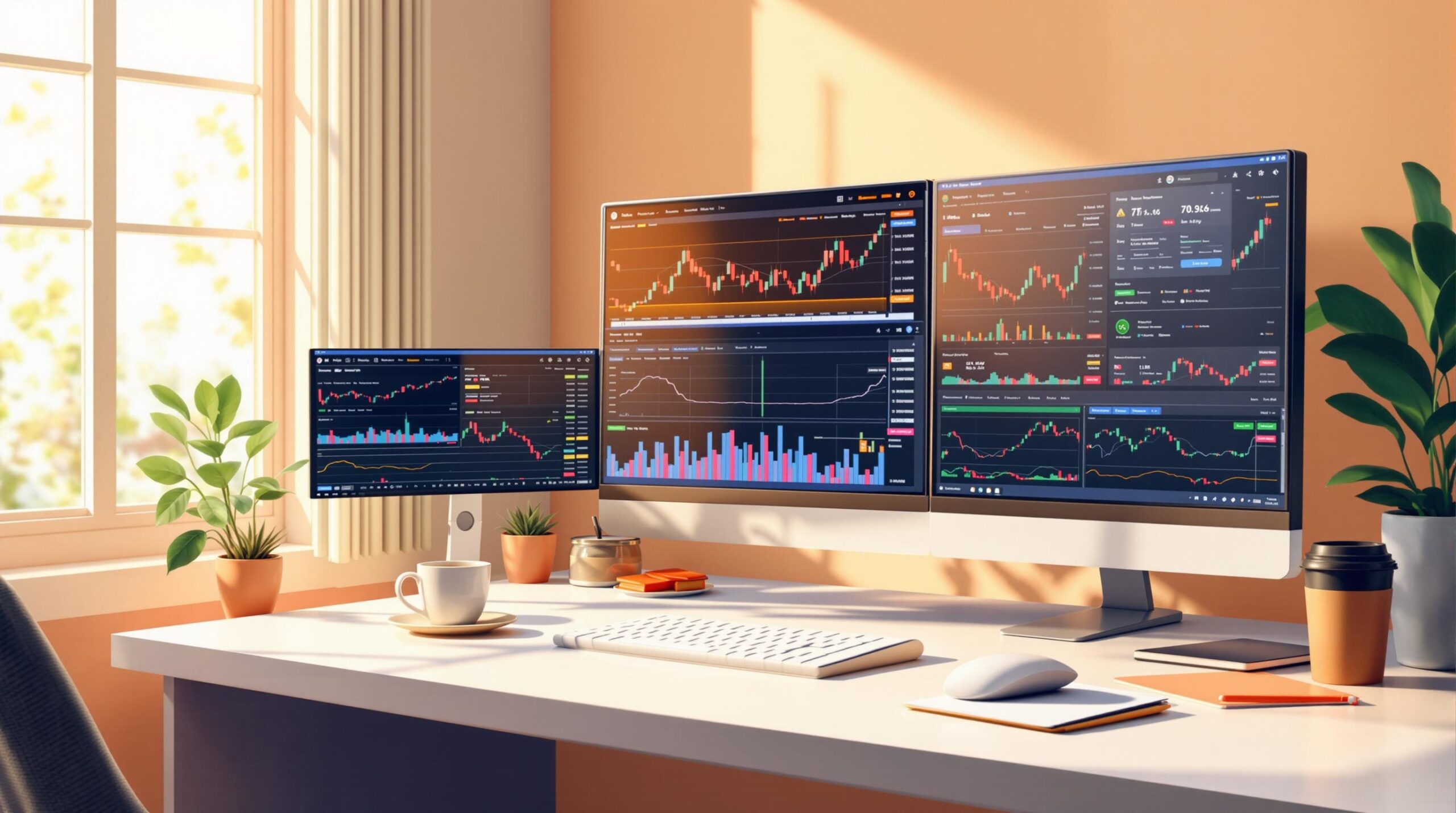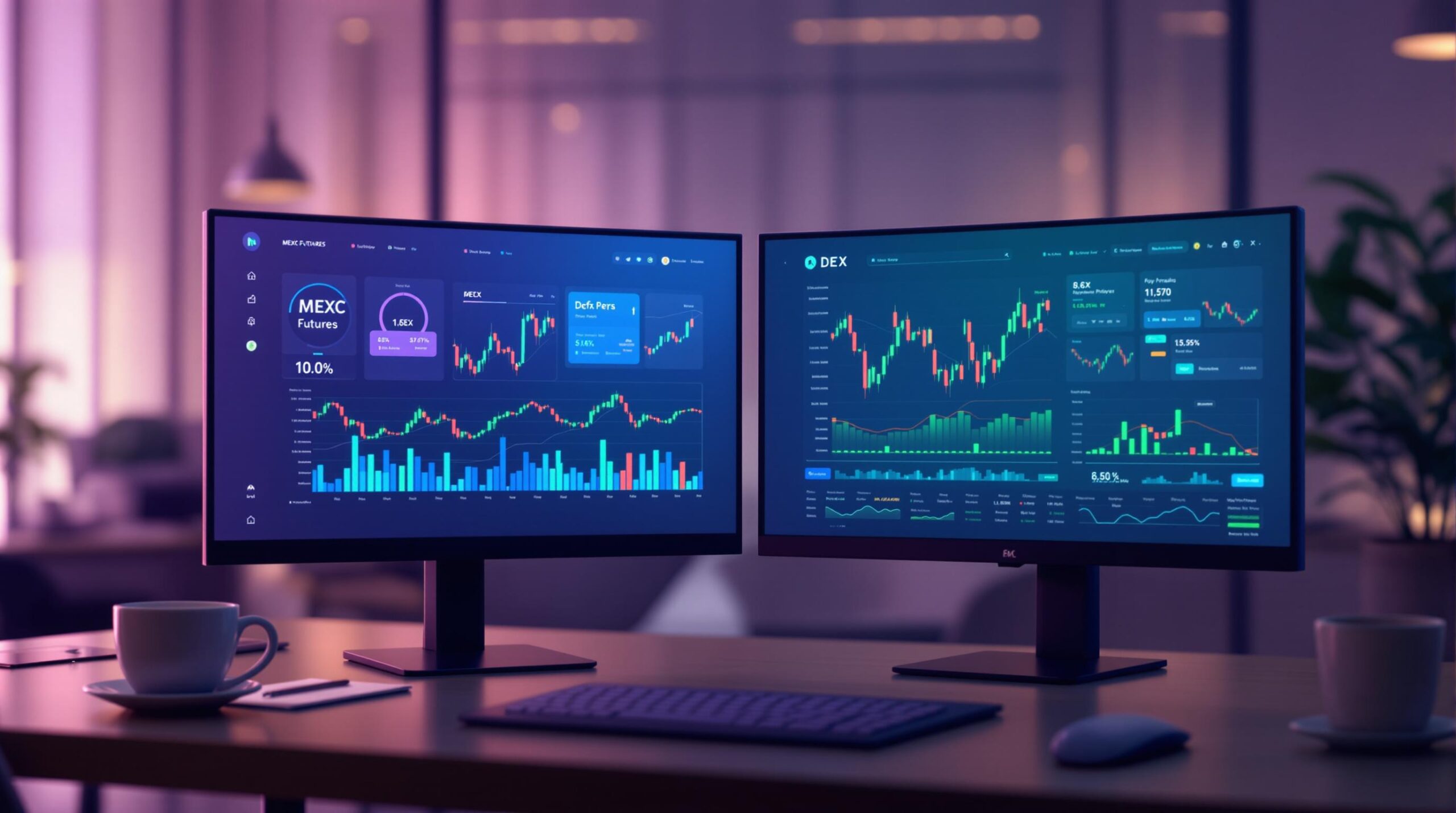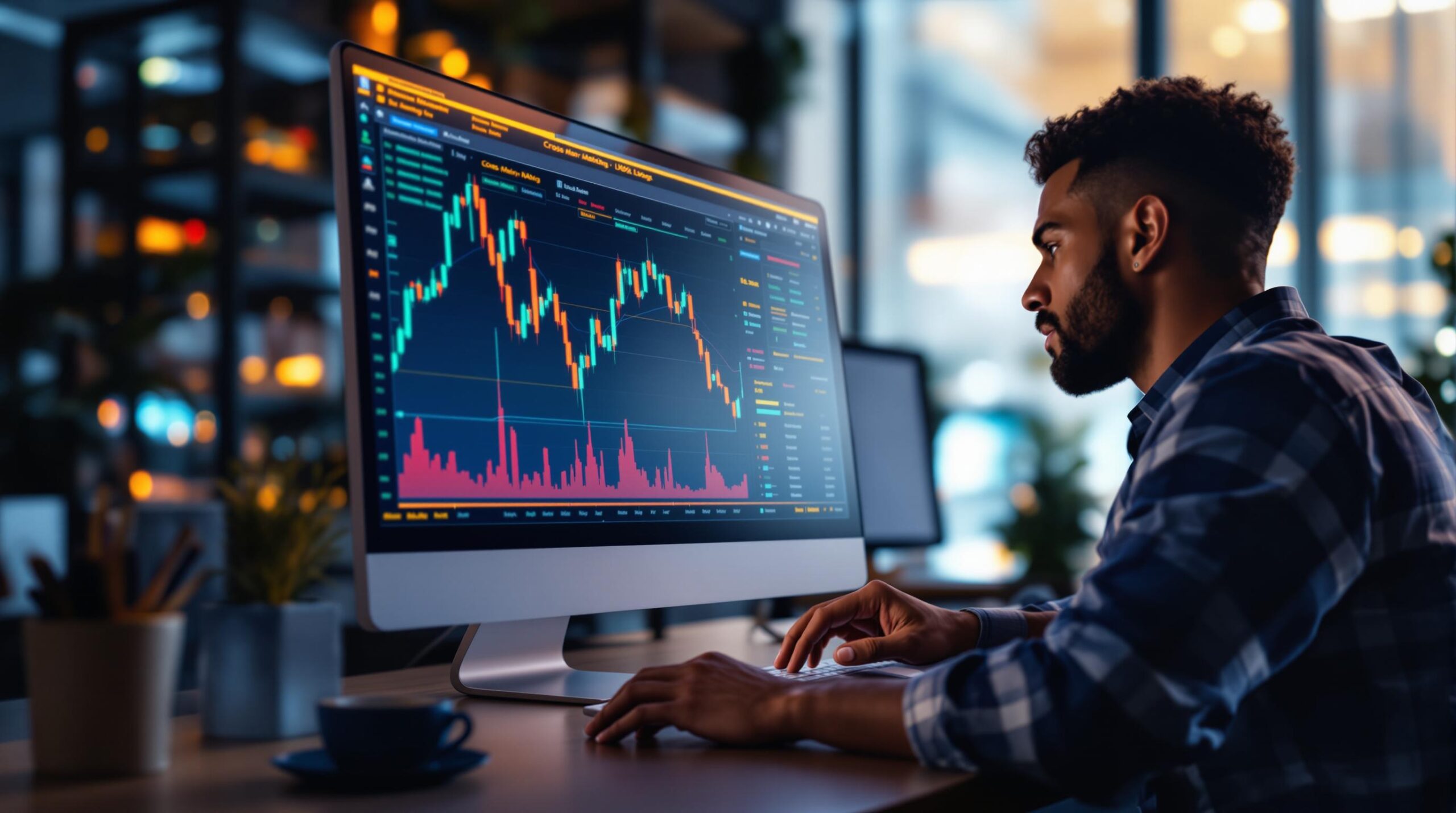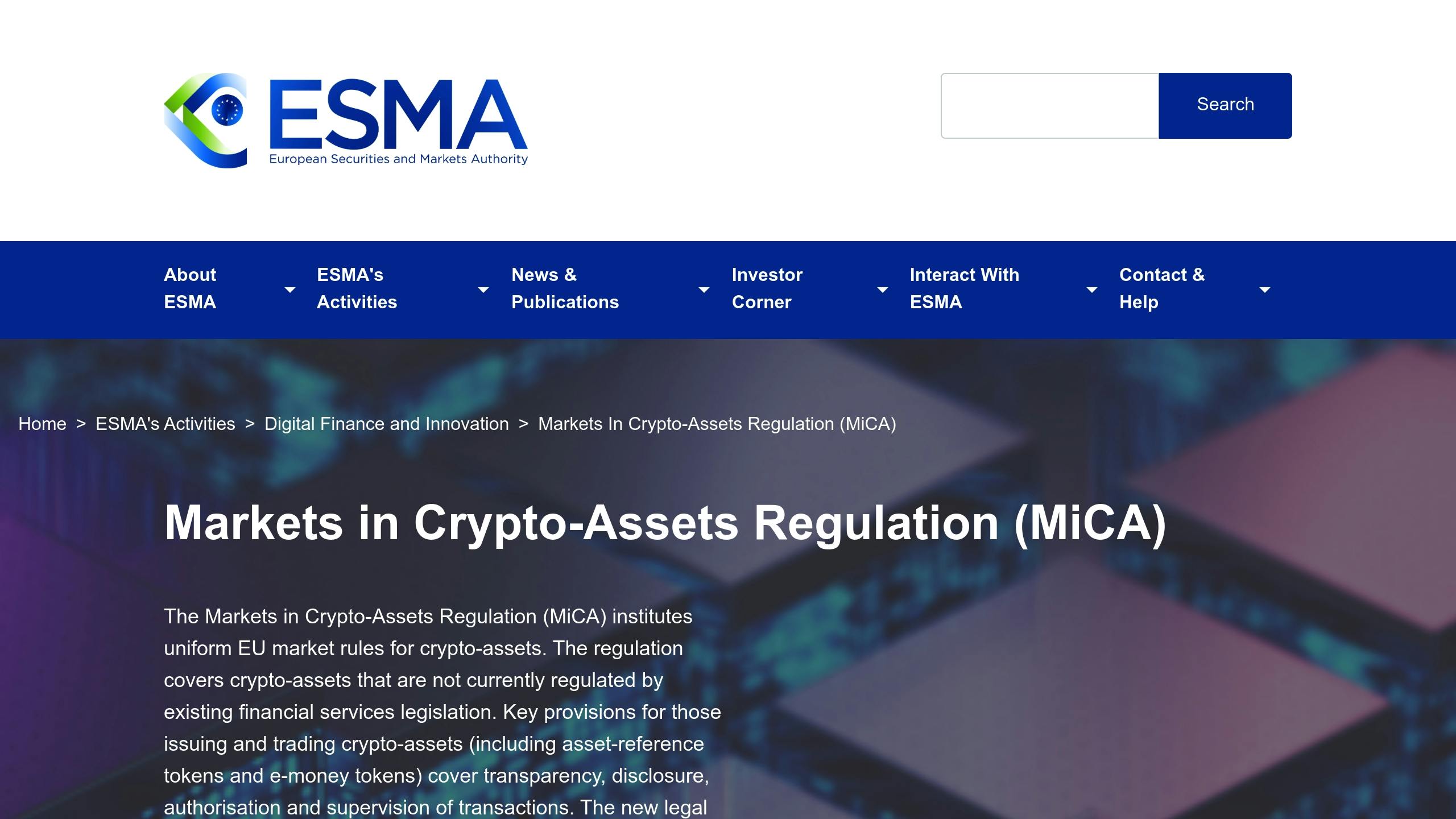Looking to trade crypto futures? Here’s a quick breakdown of Coinbase Futures and Defx Perps DEX, two platforms with very different approaches:
- Coinbase Futures: A centralized, regulated platform offering up to 20x leverage on 90+ trading pairs. Features include 0% trading fees, USDC rewards up to 12%, and robust security (KYC required). Best for beginners and those prioritizing safety.
- Defx Perps DEX: A decentralized, non-custodial platform running on Ethereum and Solana. Offers up to 50x leverage, isolated/cross-margin options, and no KYC. Ideal for experienced traders valuing autonomy and higher risk.
Quick Comparison
| Feature | Coinbase Futures | Defx Perps DEX |
|---|---|---|
| Platform Type | Centralized, regulated | Decentralized, non-custodial |
| Max Leverage | Up to 20x | Up to 50x |
| Account Setup | Requires KYC | Wallet connection only |
| Fees | 0% promo (limited time) | Maker: 0.02%, Taker: 0.05% |
| Rewards | Up to 12% USDC rewards | None |
| Margin Options | Cross, Isolated | Cross, Isolated |
| Security | 2FA, hardware keys | Smart contract audits |
Whether you’re a beginner looking for a secure, regulated environment or an advanced trader seeking higher leverage and decentralization, this guide will help you choose the right platform.
How To Trade Coinbase Futures (Long or Short With Leverage)
1. Coinbase Futures Platform Overview
This section dives into the core features of Coinbase Futures, outlining its offerings before comparing it to decentralized alternatives.
Coinbase Futures is a regulated platform that supports both spot and futures trading. It offers over 90 perpetual contracts, including specialized options like Nano Bitcoin and Nano Ether contracts.
Trading Features and Tools
The platform enables traders to take long or short positions with leverage of up to 20x, depending on the contract. All futures positions are settled in USDC.
For managing risk, Coinbase Futures provides two margin options:
- Cross Margin: Uses your entire portfolio as collateral.
- Isolated Margin: Limits risk to individual trades.
The platform also includes a competitive fee structure and a rewards program to enhance the trading experience.
Fee Structure and Rewards
| Fee Type | Amount |
|---|---|
| Minimum Transaction Fee | $0.20 |
| Liquidation Fee | 0.80% |
| Current Trading Fee Promo | 0% |
| USDC Rewards | Up to 12% |
Currently, Coinbase Futures is running a promotion with zero trading fees in eligible markets. Additionally, traders can earn up to 12% USDC rewards on Perpetuals portfolios.
Notable Features
The platform offers Pre-Launch Markets, giving traders outside the US, UK, and Canada early access to new tokens before they officially launch.
Regulatory Compliance
Coinbase Financial Markets operates under strict regulatory oversight as a member of the National Futures Association.
Risk Management Tools
Beyond margin options, Coinbase Futures includes tools like liquidation management, margin monitoring, position size calculators, and real-time portfolio tracking. These features aim to help traders maintain healthy positions and reduce risks.
Educational Resources
Coinbase provides a range of educational materials that cover the basics of futures trading, leverage strategies, risk management, and market analysis. These resources are especially helpful for beginners, breaking down complex topics into easy-to-understand guidance.
These features lay the groundwork for comparing Coinbase Futures with other platforms in the upcoming sections.
sbb-itb-dd9e24a
2. Defx Perps DEX Platform Overview

Defx Perps DEX steps into the trading scene as a decentralized alternative to centralized platforms. Built on Ethereum and Solana, it offers advanced trading features while ensuring secure, non-custodial asset management.
Trading Features
Defx Perps DEX supports up to 50x leverage and provides two margin trading options:
| Margin Type | Description | Risk Level |
|---|---|---|
| Isolated Margin | Limits risk to individual positions | Lower risk, controlled exposure |
| Cross Margin | Uses your entire portfolio as collateral | Higher risk, greater capital use |
Fee Structure
The platform adopts a competitive fee model to attract active traders. It charges a maker fee of 0.02% and a taker fee of 0.05%, along with hourly borrow fees for leveraged trades.
Security Measures
To ensure user safety, Defx Perps DEX conducts regular smart contract audits, runs active bug bounty programs, and maintains insurance funds to protect against unforeseen issues.
Risk Management
Defx Perps DEX includes tools like real-time position monitoring, automated liquidation protection, and thorough smart contract risk evaluations. It also has measures in place to guard against oracle manipulation. However, traders are ultimately responsible for managing their positions effectively.
Platform Comparison
Here’s a side-by-side look at Coinbase Futures and Defx Perps DEX, focusing on leverage, margin options, trading tools, fees, and security.
| Feature | Coinbase Futures | Defx Perps DEX |
|---|---|---|
| Maximum Leverage | Up to 20x | Up to 50x |
| Position Limits | $15,000,000 combined notional value cap for high-leverage positions | Not specified |
| Margin Types | Standard margin | Isolated and Cross margin |
| Trading Tools | TradingView charts with EMA, MA, MACD, RSI, and Bollinger Bands | Not specified |
| Fee Structure | Tiered based on 30-day trading volume | Not specified |
| Security Features | Two-factor authentication (2FA), hardware security keys, regulated custody | Non-custodial and secure |
| Platform Type | Centralized, regulated exchange | Decentralized exchange (DEX) |
| Asset Custody | Custodial | Non-custodial |
The table highlights key differences, but let’s dive deeper into trading experience, security, and platform architecture.
Trading Experience
Coinbase Futures offers an integrated setup with TradingView tools, allowing traders to use indicators like EMA, MA, MACD, RSI, and Bollinger Bands. Position limits are strictly enforced, such as a $2,500,000 cap at 20x leverage for BTC-PERP contracts, ensuring risk is controlled.
On the other hand, Defx Perps DEX doesn’t specify position limits but allows for higher leverage, catering to traders seeking more flexibility.
Security Considerations
Both platforms emphasize security but take different approaches. Coinbase Futures employs traditional security measures, including two-factor authentication, hardware security keys, and regulated custody. As Matt Muller, Head of Security Operations at Coinbase, explains:
"At Coinbase, we do a lot of work behind the scenes to detect and try to stop SIM-swap ATOs targeting our customers’ accounts".
Defx Perps DEX, being non-custodial, ensures user control over assets, reducing risks tied to centralized custody.
Risk Management
Defx Perps DEX offers higher leverage options, appealing to traders with a higher risk tolerance. In contrast, Coinbase Futures opts for conservative leverage limits, pairing them with advanced trading tools to aid in risk management.
Platform Architecture
Defx Perps DEX operates on Ethereum and Solana, leveraging blockchain technology to provide a decentralized, non-custodial experience. Coinbase Futures, on the other hand, offers a centralized platform with regulatory oversight, robust security, and dedicated customer support.
These differences cater to varying trader preferences, from those valuing decentralization to those prioritizing a regulated environment.
Summary and Recommendations
This guide provides tailored advice for choosing the right platform based on your trading experience and specific needs.
For Beginner Traders
If you’re just starting out, Coinbase Futures is a solid option. It offers an easy-to-use interface, conservative leverage limits (up to 5x), plenty of educational resources, and operates in a regulated environment with a focus on security.
For Advanced Traders
Experienced traders might prefer Defx Perps DEX. It allows higher leverage (up to 50x), supports both isolated and cross-margin trading, and ensures you retain control over your assets through its non-custodial setup.
Platform Selection Guide
Here’s a quick reference to help match your trading priorities with the best platform:
| Trader Need | Recommended Platform | Key Advantage |
|---|---|---|
| Security Priority | Coinbase Futures | Regulated environment with strong security |
| Maximum Leverage | Defx Perps DEX | Offers up to 50x leverage |
| Risk Management | Coinbase Futures | Conservative leverage options for safer trading |
| Asset Control | Defx Perps DEX | Full control of assets with non-custodial trading |
| Trading Tools | Coinbase Futures | Intuitive interface for a simpler trading process |
Important Considerations
Leverage trading can magnify both your profits and losses, so it’s crucial to manage your risks effectively.
Regional Availability
Keep in mind, Coinbase Futures only offers perpetual futures trading in certain regions outside the United States.
Fee Structure
Coinbase uses a transparent tiered maker/taker fee system. Fees range from 0.00%/0.05% to 0.40%/0.60%, depending on your 30-day trading volume. This setup makes it easier for traders to estimate their costs.
